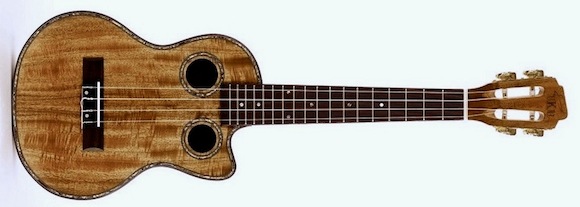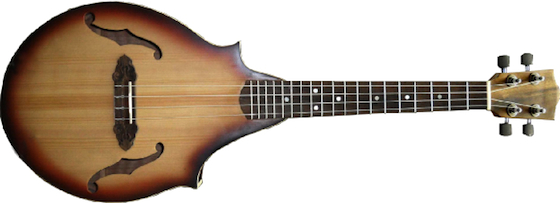iDavid
Well-known member
What do you guys think of them?
Benefits?
Drawbacks?
Benefits?
Drawbacks?
I think it depends on the uke design/build. If the builder is experienced with side ports as part of his normal design, it should be a positive addition.
Aloha Frank,I had a laminated B&S Yamaha classical, with a very thuddy open G string. Al Carruth mentioned that sound ports can change the body's sound frequency response, and Kenny Hill was using them at the time as well. I put two sound ports on either side of the neck, like Kenny Hill, and the thuddy note shifted to A+. There was an increase in sound to the player as well, but I just wanted the thuddy G note gone. I had a much more expensive ($2,000) classical with a thuddy open A string, but I returned it a few days after buying it. I was not going to cut holes in it, especially when there was no way of knowing whether it would work. It was a shame, because the guitar was fantastic in all other aspects.....


I just got a new instrument from builder Michael Zuch. It has a sound port, and I love the way it sounds. The conundrum here is, if it didn't have the port, would that make it sound different? How would you know, unless you played two identical ukes, save for that difference? And even then, there are all those other factors that make the tones of two "identical" instruments slightly different even if you are trying to make them sound the same.
This is one of those questions that depend on something other than a simple either/or answer, I think…
Steve
